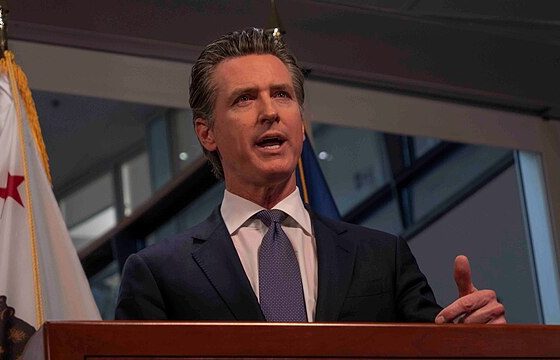Top officials in Baltimore, including the city’s mayor, were unaware that their city has become the worst major city in terms of drug overdose deaths, a New York Times and Baltimore Banner investigation found.
Almost 6,000 people have died of overdoses in Baltimore over the last six years, with the city having a death rate well over triple the national average, according to the NYT. Despite the staggering death toll of the epidemic, local officials were unaware of its scale as Maryland and Baltimore officials have not been publishing detailed overdose statistics, usually citing medical privacy concerns.
The NYT and the Banner compiled data from the Centers for Disease Control and Prevention (CDC) to generate up-to-date overdose figures for Baltimore and presented it to Baltimore city officials, many of whom were unaware of the scale of their problem.
Democratic Baltimore Mayor Brandon Scott acknowledged that the data provides more details about the problem, but defended his administration’s approach to drug deaths, saying that it will remain the same, according to the NYT.
“This is an issue that we’re doing a lot of work on and that we can and will do more work on but we also know requires a lot, lot more resources,” Scott told the NYT. Scott took office in 2020 and the number of Medicaid patients receiving medication to help them with their opioid cravings has fallen consistently between 2020 and 2022.
Baltimore and Maryland public health officials had not made detailed overdose death statistics available, according to the NYT. The Banner even had to sue the Maryland Office of the Chief Medical Examiner to obtain data on the geographic distribution of overdoses.
The city at one point had ambitious plans to tackle its drug problems and was hailed by many as a model for the issue, according to the NYT. Baltimore has increasingly neglected its drug overdose prevention programs, however, shifting its focus to tackling gun crime and homelessness.
For instance, the number of people in Baltimore revived from overdoses dropped by roughly 1,000 between 2018 and 2023, the NYT reported. James Matz, Baltimore’s assistant chief of emergency medical services for the fire department, wasn’t sure why this happened.
“I don’t know the answer for that, I’ll be honest with you,” he told the NYT.
Baltimore’s task force for drug overdoses, which once met monthly, only met twice in 2022 and three times in 2023, all as the number of drug deaths in the city soared, the NYT reported.
Baltimore’s fatal drug overdose rate has quadrupled since 2013, according to data compiled by the NYT and the Banner. Death rates have also risen nationally due to the rise of fentanyl and other synthetic opioids but on a smaller magnitude, rising from less than 20 per 100,000 in 2013 to just under 40 per 100,000 in 2022.
Baltimore had by far the highest overdose death rate of any large American city between 2018 and 2022, with 170 deaths per 100,000 people during that period, according to the NYT. Knoxville, Tennessee, the city with the second-highest overdose death rate, saw 86 deaths per 100,000 people.
Maryland Secretary of Health Laura Scott called the data compiled by the NYT and the Banner “horrifying,” adding that “we haven’t deployed the right resources in the right places.” Baltimore Councilman Mark Conway said the deaths were “completely unacceptable” and claimed he would have called for hearings if he knew how bad the city’s overdose problem was.
An estimated 74,702 Americans died from fentanyl overdoses in 2023, according to the CDC. Much of the fentanyl that’s killing Americans has entered the country through the southern border.
Between October 2023 and April, Border Patrol reported seizing 567 pounds of fentanyl. It only takes 2 mg of Fentanyl to cause a fatal overdose, according to the Drug Enforcement Agency.
Baltimore’s mayor and deputy mayor did not immediately respond to the Daily Caller News Foundation’s requests for comment.












